Enough of the New Cabbage With Vinegar And Ginger
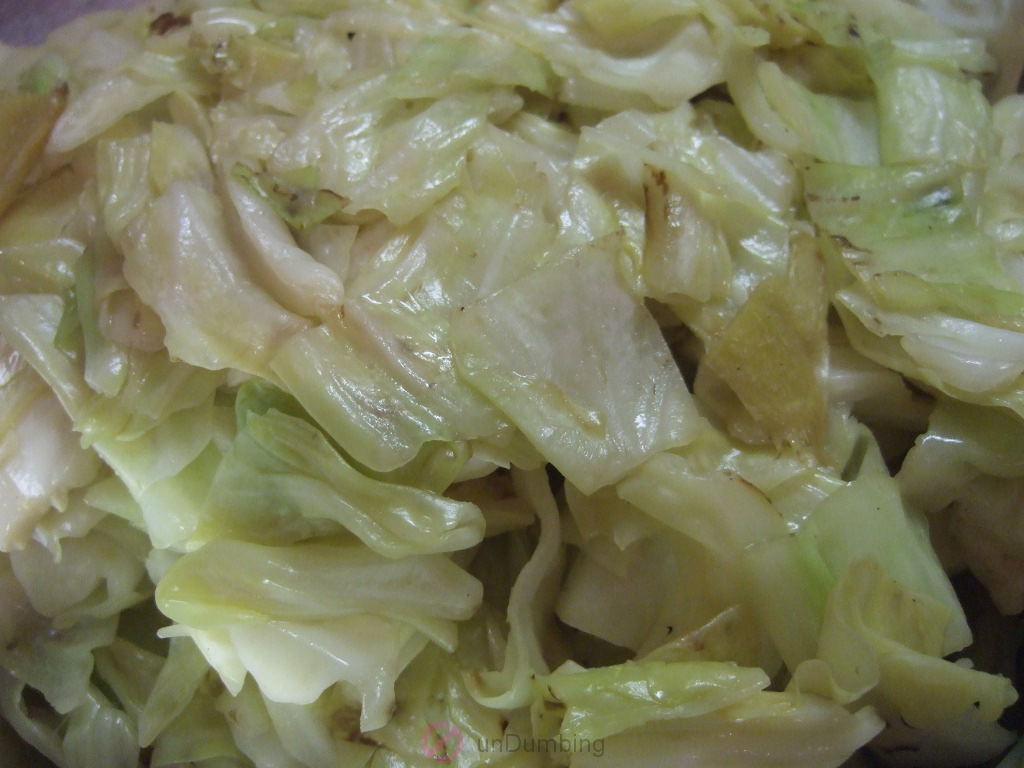
I really wanted to add this new vegetable to my rotation, but cooking it with a combination of rice vinegar and ginger didn’t lead to a flavor that I was crazy about. Maybe I’ll find another recipe.
Below are some links to more details, including photos:
My Story
At a local supermarket, I saw Taiwanese cabbage on sale for $.79 per pound. Since I hadn’t cooked with it before, I decided to buy some and hunt for a recipe.
Inspiring Recipe
What I found on the Allrecipes website was Stir-Fried Taiwanese Cabbage.
First Try
Since the recipe listed the amount needed for cabbage was in cups, I had to cut the vegetable up before calculating the measurements for the remaining ingredients.
Ingredients to Use
With 10 cups of Taiwanese cabbage, I simply doubled the default recipe and used the following for the rest of the ingredients:
- 2 tablespoons of avocado oil
- 6 cloves of garlic
- 2 (1 inch) pieces of fresh ginger root
- 2 tablespoons of rice wine vinegar
- 1/2 teaspoon of sea salt*
* Because I didn’t have any kosher salt, I used sea salt. According to the table in the article, Kosher Salt: Explained, the amount of kosher is equivalent to sea salt at the lowest level, so I didn’t make any conversions between the two types of salt.
Also, since red Chile pepper was optional in the recipe, I didn’t go back to the store to buy any.
Lastly, the cabbage leaves weren’t uniform. As a result, I cut them as close to 1 1/2-inch squares as possible, while keeping the edges bite-sized.
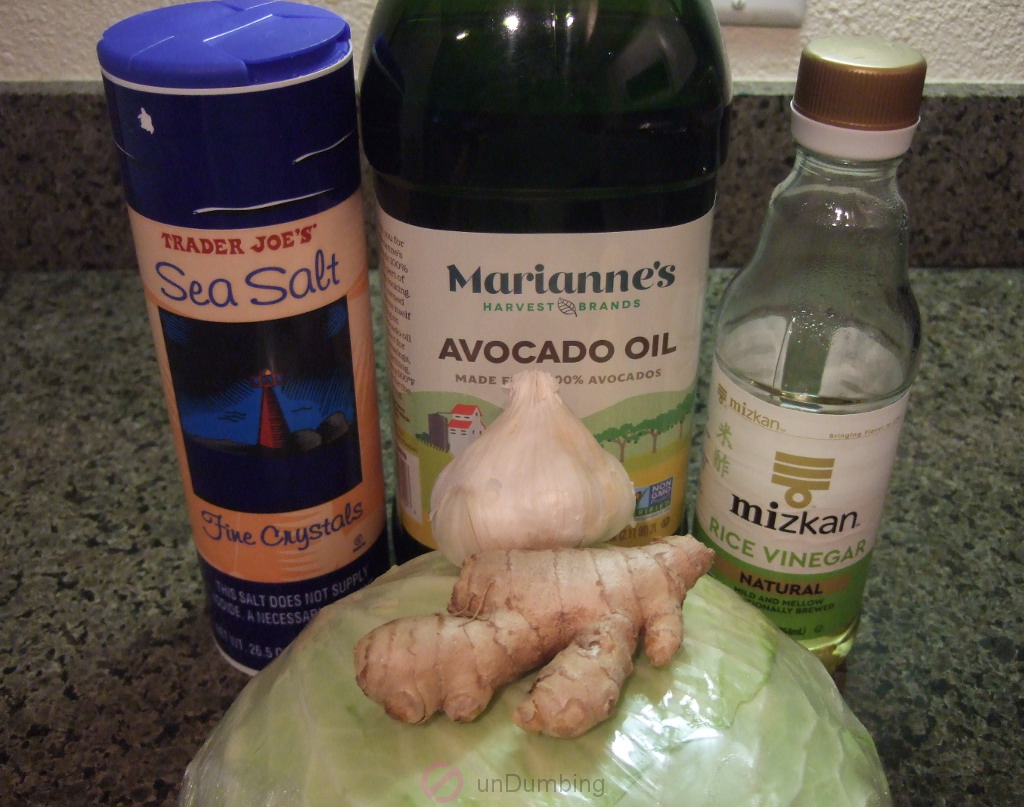
Steps to Prepare
In the directions, I made a couple of adjustments.
Since I usually heat up the wok on high heat, I started that way until I realized that the recipe called for medium high heat. As a result, I reduced the heat before adding the garlic and ginger.
Also, I stir-fried the cabbage for a couple more minutes than was written on the recipe, for a total of about 6 minutes, before it became translucent.
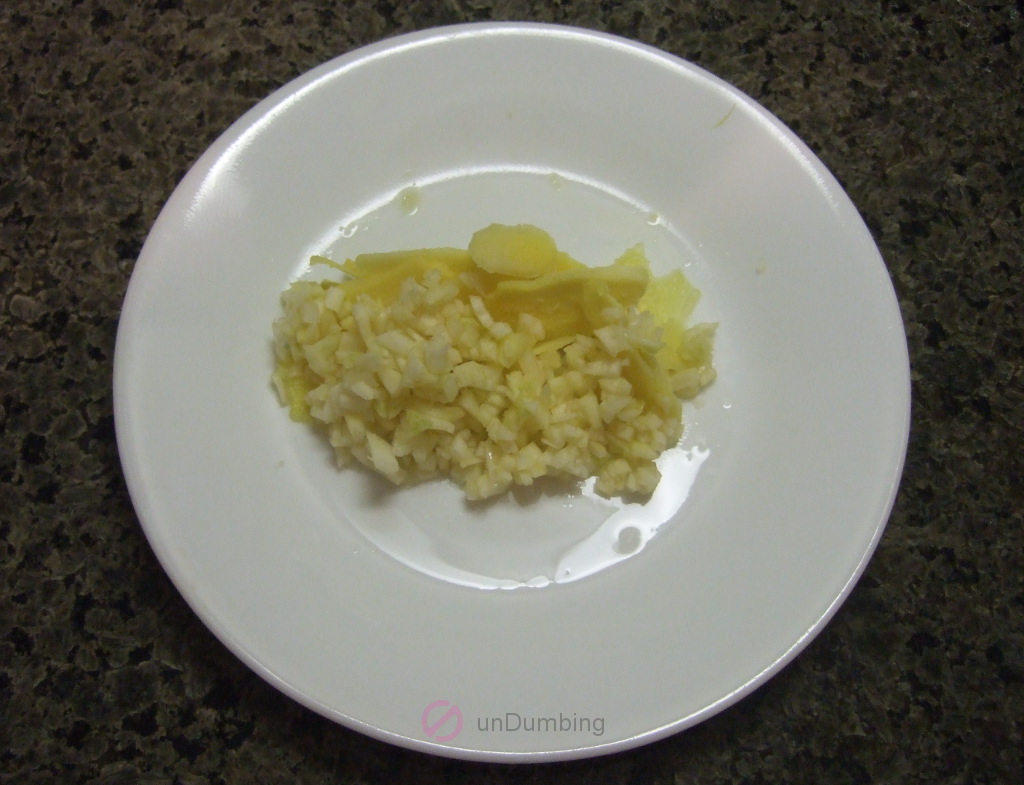
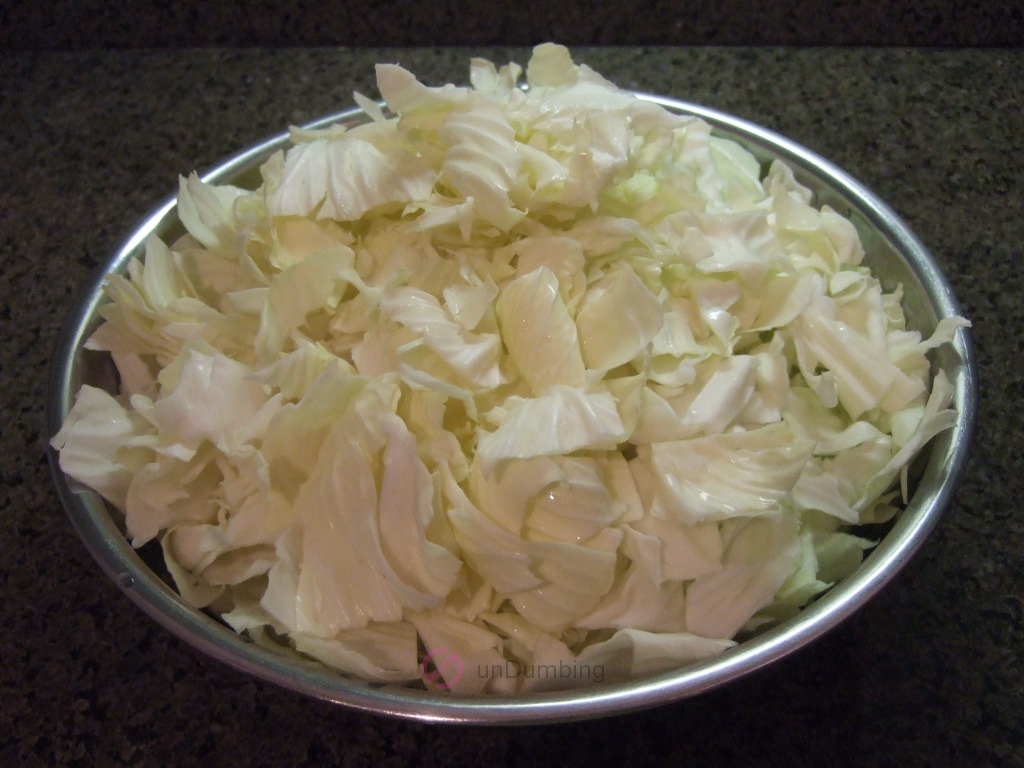
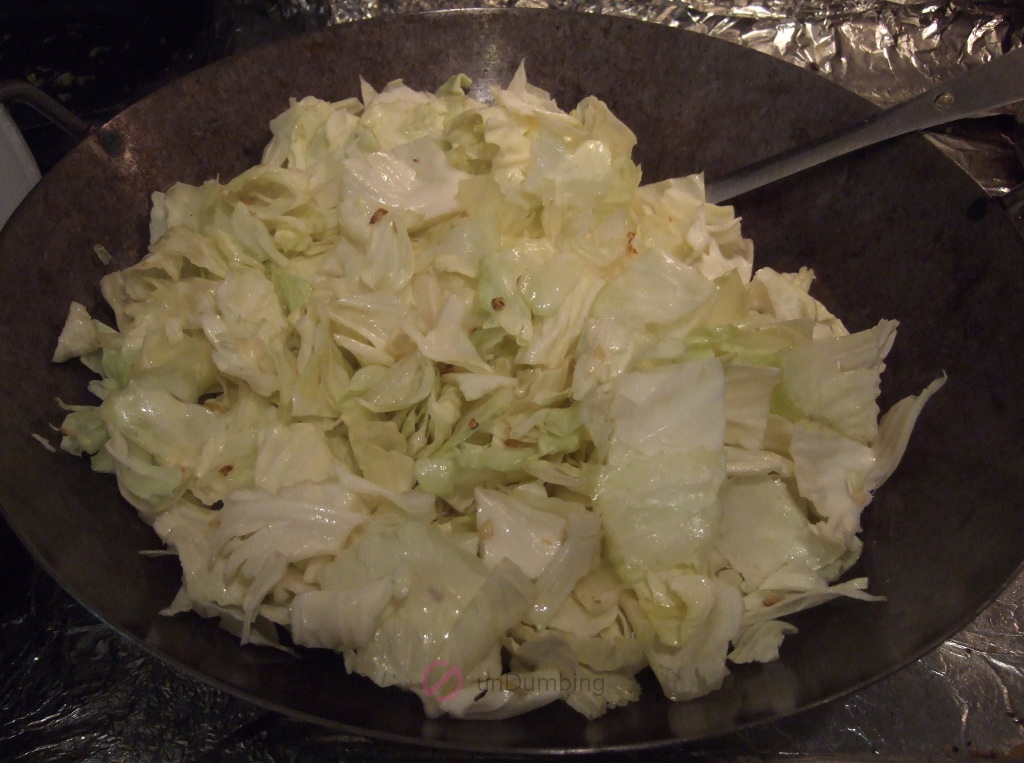
Time to Eat
After taking the cabbage off the stove, it certainly looked more substantial than the Napa cabbage I normally stir-fried.
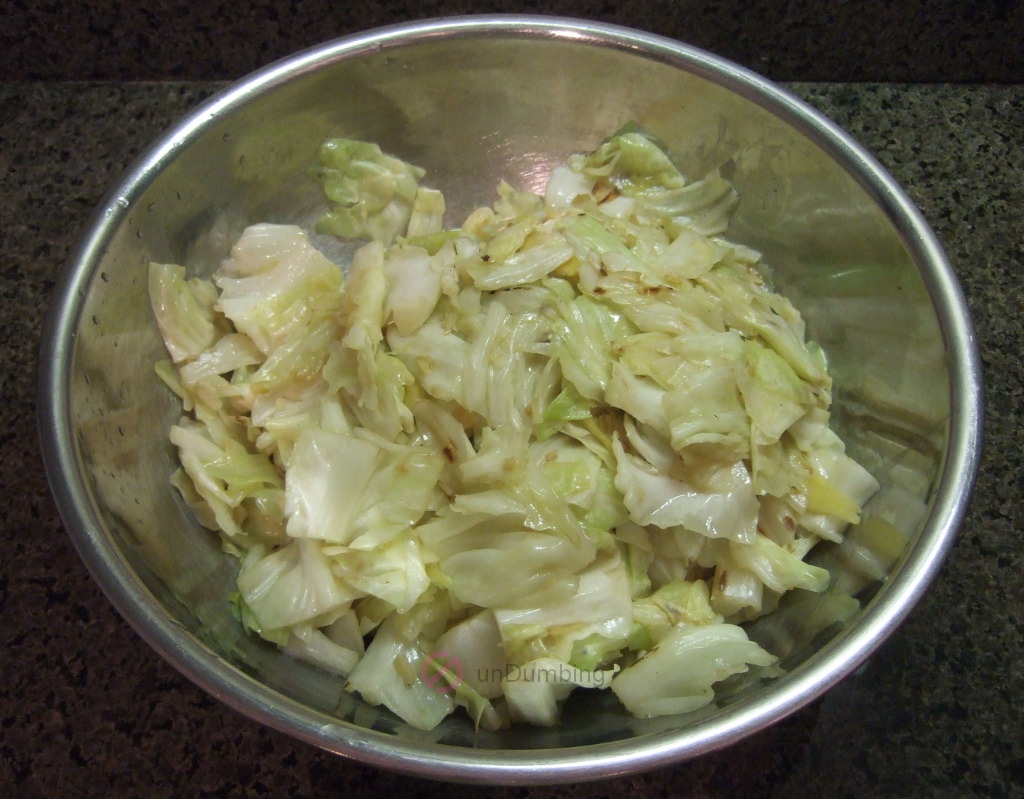
Recipe Rating
Below were the results of the recipe after the first try:
| Number of Ingredients | Effort (Low🤏, Medium🤏🤏, High🤏🤏🤏) | Cost per Serving (<$2💰, $2-5💰💰, >$5💰💰💰) | Taste (Not for me🤔, Trying Again🙂, Eating Regularly😋) |
|---|---|---|---|
| 6️⃣ | 🤏 | 💰 | 🙂 |
Taiwanese cabbage stir-fried this way was crunchy with a hint of ginger. Also, it was lacking some salt since I forgot to taste it before serving.
Second Try
For the second try, my goal was to make the cabbage saltier and softer.
Ingredients to Use
With 8.75 cups of cabbage this time, I decreased the rest of the ingredients and started with the following:
- 1 1/2 tablespoons + 3/4 teaspoon of avocado oil
- 6 cloves of garlic
- 1 1/4 inch of fresh ginger root
- 1 1/2 tablespoons + 3/4 teaspoon of rice wine vinegar
- 1/3 teaspoon of sea salt
Aside from using crushed instead of minced garlic, I kept the other items the same as the first try.
Steps to Prepare
As compared to the first round, I did the following differently:
- Used the medium-high heat stove setting throughout the process, instead of starting out on the high heat setting
- Stir-fried the cabbage for a total of 7 minutes, instead of 6
- Added an extra 1/3 teaspoon of sea salt after tasting the cabbage
Time to Eat
Based on how the cabbage leaves looked from the second round, I expected them to be softer than from the first try.
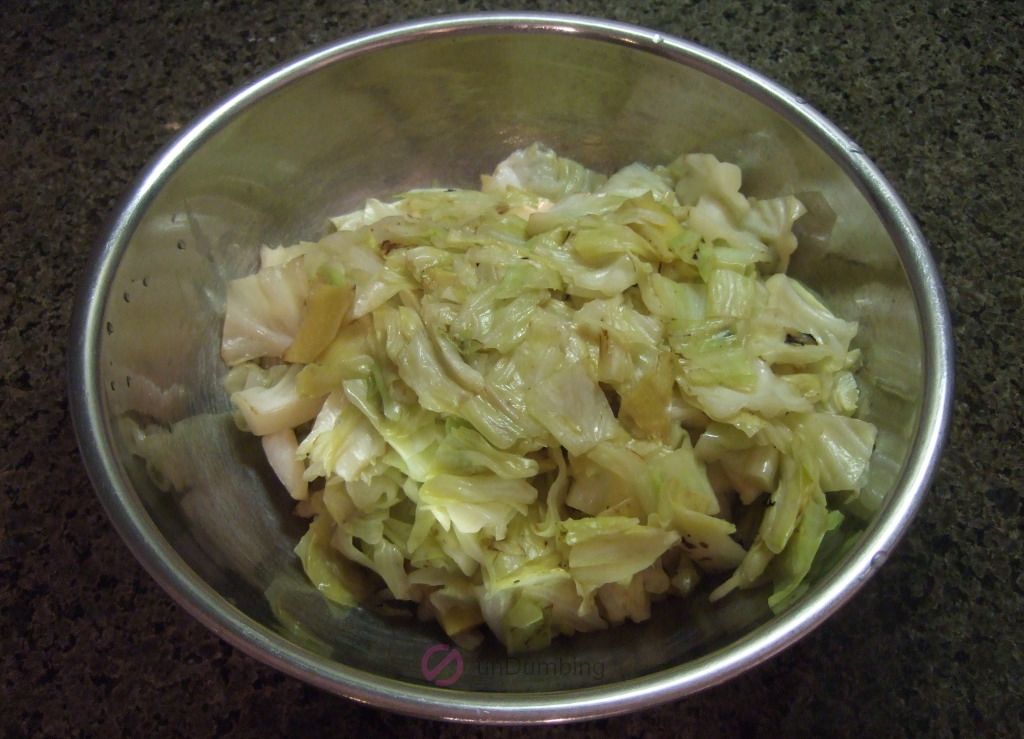
Recipe Rating
Below are the results of the recipe from the second attempt:
| Number of Ingredients | Effort (Low🤏, Medium🤏🤏, High🤏🤏🤏) | Cost per Serving (<$2💰, $2-5💰💰, >$5💰💰💰) | Taste (Not for me🤔, Trying Again🙂, Eating Regularly😋) |
|---|---|---|---|
| 6️⃣ | 🤏 | 💰 | 🤔 |
The cabbage leaves were still crunchy and could’ve used more salt. Also, the rice vinegar stood out more this time, which I preferred not to have.
I probably won’t be trying this recipe again due to the rice vinegar/ginger flavor combination. In addition, it seemed to lack the spicy component, which could be addressed with the following:
Continuous Improvement
- Add the optional red Chile pepper as listed on the recipe or some black pepper to taste
Cooking Taiwanese cabbage for a longer amount of time still resulted in the same crunchy texture. Based on this experience, I would like to share the following with my younger self:
Lesson for Dumber Self
- An attribute might be unique to something if it’s persistent.
What will you do now?
Next Step for You
- Try the recipe, Stir-Fried Taiwanese Cabbage, from the Allrecipes website?
- Learn more about Taiwanese cabbage? (According to the website from a fresh produce and grocery supplier, Specialty Produce, Taiwanese flat cabbage is crunchy!)
- Read another post on this site? (Go to the menu at the top of the page.)
